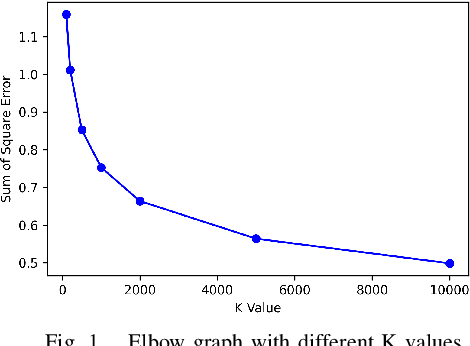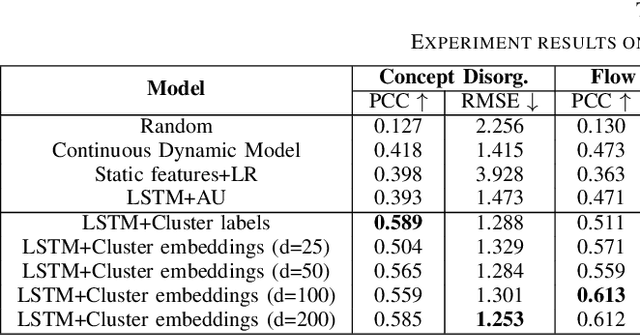Ellen Bradley
Bigger But Not Better: Small Neural Language Models Outperform Large Language Models in Detection of Thought Disorder
Mar 25, 2025Abstract:Disorganized thinking is a key diagnostic indicator of schizophrenia-spectrum disorders. Recently, clinical estimates of the severity of disorganized thinking have been shown to correlate with measures of how difficult speech transcripts would be for large language models (LLMs) to predict. However, LLMs' deployment challenges -- including privacy concerns, computational and financial costs, and lack of transparency of training data -- limit their clinical utility. We investigate whether smaller neural language models can serve as effective alternatives for detecting positive formal thought disorder, using the same sliding window based perplexity measurements that proved effective with larger models. Surprisingly, our results show that smaller models are more sensitive to linguistic differences associated with formal thought disorder than their larger counterparts. Detection capability declines beyond a certain model size and context length, challenging the common assumption of ``bigger is better'' for LLM-based applications. Our findings generalize across audio diaries and clinical interview speech samples from individuals with psychotic symptoms, suggesting a promising direction for developing efficient, cost-effective, and privacy-preserving screening tools that can be deployed in both clinical and naturalistic settings.
Modeling Dynamics of Facial Behavior for Mental Health Assessment
Aug 23, 2021



Abstract:Facial action unit (FAU) intensities are popular descriptors for the analysis of facial behavior. However, FAUs are sparsely represented when only a few are activated at a time. In this study, we explore the possibility of representing the dynamics of facial expressions by adopting algorithms used for word representation in natural language processing. Specifically, we perform clustering on a large dataset of temporal facial expressions with 5.3M frames before applying the Global Vector representation (GloVe) algorithm to learn the embeddings of the facial clusters. We evaluate the usefulness of our learned representations on two downstream tasks: schizophrenia symptom estimation and depression severity regression. These experimental results show the potential effectiveness of our approach for improving the assessment of mental health symptoms over baseline models that use FAU intensities alone.
 Add to Chrome
Add to Chrome Add to Firefox
Add to Firefox Add to Edge
Add to Edge